On Google I/O keynote day, the search and internet advertising provider put out a rapid-fire stream of announcements at its developer conference, including numerous unveilings of recent topics it’s been working on.
Because we are aware that you do not always have the time to attend a presentation that lasts for two hours, the staff at TechCrunch has taken on the responsibility of providing story after story on new products and features. Here, we give you quick hits of the biggest news from the keynote as they were announced, all in an easy-to-digest, easy-to-skim list. Here we go:
Google Maps
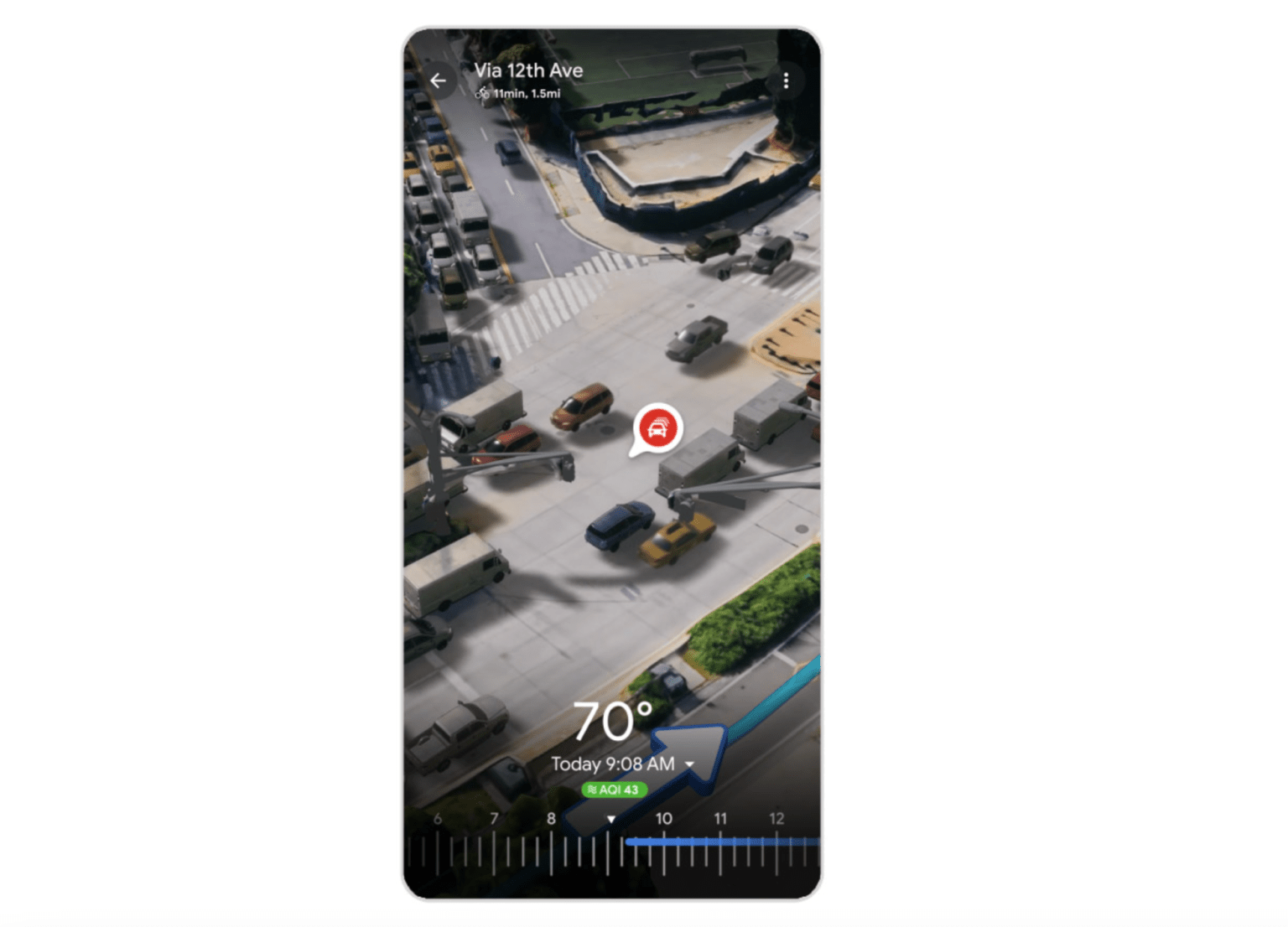
- Immersive View is a new feature that allows you to see a 360-degree view of a location before you visit. This is done by combining Street View imagery with aerial imagery and AI. Immersive View is currently available in a limited number of cities, but Google plans to expand it to more locations in the future.
- Eco-friendly routing is a new feature that helps you find the most fuel-efficient route when driving. This feature takes into account factors such as traffic conditions, elevation, and the type of vehicle you’re driving.
- Live View is a feature that overlays information on top of your camera view when you’re using Google Maps. This can be helpful for things like finding your way around a new city or getting directions to a specific store.
- New features for cyclists include improved navigation, live traffic updates, and the ability to see elevation changes.
- New tools for developers make it easier to build location-based apps and experiences. These tools include a new Maps SDK for iOS and Android, as well as a new Maps API for JavaScript.
These are just a few of the new features and updates that were announced for Google Maps at I/O 2023. With these new features, Google Maps is becoming even more powerful and useful.
Magic Editor and Magic Compose
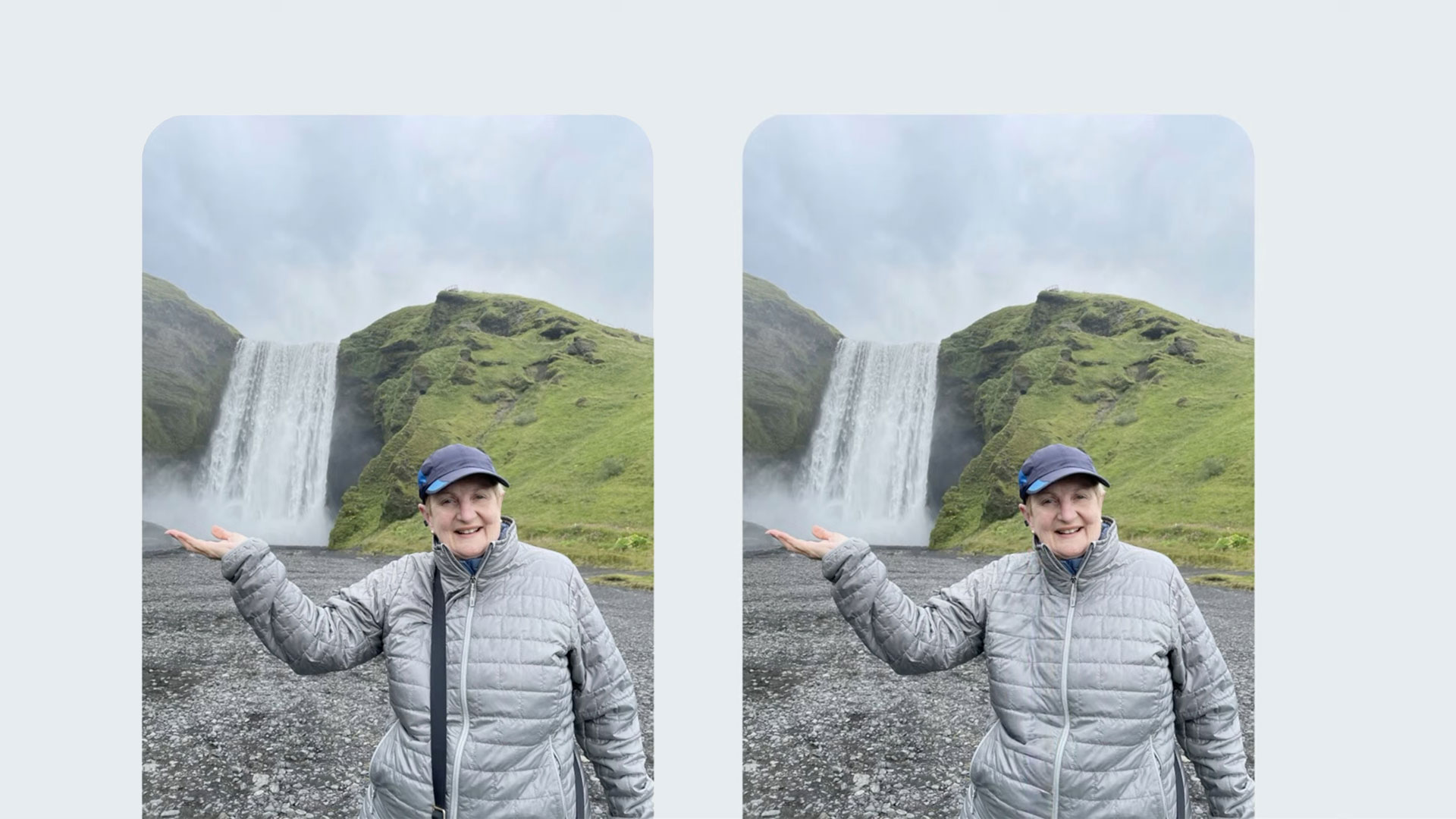
Magic Editor
Magic Editor is a new AI-powered feature for Google Photos that makes it easier to edit photos. With Magic Editor, you can quickly and easily remove unwanted objects from your photos, improve the lighting and contrast, and even add creative effects.
To use Magic Editor, simply open a photo in Google Photos and tap the “Edit” button. Then, tap the “Magic Editor” button and let the AI do its work. Magic Editor will analyze your photo and suggest edits that it thinks will improve the image. You can then accept or reject the suggestions, or make your own edits.
Magic Compose
Magic Compose is a new AI-powered feature for Google Messages that makes it easier to compose messages. With Magic Compose, you can quickly and easily generate text that is both informative and engaging.
To use Magic Compose, simply start typing a message in Google Messages. As you type, Magic Compose will suggest different ways to complete your sentence. You can then choose the suggestion that you like best.
Magic Compose can also help you to generate different types of text, such as:
- Greetings: Magic Compose can suggest different ways to start a conversation, such as “Hi,” “How are you?” or “Good morning.”
- Replies: Magic Compose can suggest different ways to reply to a message, such as “I’m fine, thanks,” “I’m busy right now,” or “I’ll call you later.”
- Closings: Magic Compose can suggest different ways to end a conversation, such as “Talk to you later,” “Have a good day,” or “See you soon.”
Magic Compose is a powerful new tool that can help you to save time and effort when composing messages. It is currently available in English, and it will be rolled out to other languages in the future.
Here are some examples of how Magic Editor and Magic Compose can be used:
- Magic Editor:
- Remove unwanted objects from photos
- Improve the lighting and contrast of photos
- Add creative effects to photos
- Magic Compose:
- Generate informative and engaging text for messages
- Save time and effort when composing messages
Both Magic Editor and Magic Compose are powerful new tools that can help you to get more out of your photos and messages. They are currently available in English, and they will be rolled out to other languages in the future.thumb_upthumb_downuploadGoogle itmore_vert
PaLM 2


Google I/O 2023: PaLM 2, the next generation of AI
At Google I/O 2023, Google announced PaLM 2, the next generation of its Pathways Language Model (PaLM). PaLM 2 is a massive language model that has been trained on a dataset of text and code that is 10 times larger than the dataset used to train PaLM. This makes PaLM 2 significantly more powerful and capable than its predecessor.
PaLM 2 can do many things that PaLM could not do, including:
- Generate text that is indistinguishable from human-written text
- Translate languages in real time
- Write different kinds of creative content, such as poems, code, scripts, musical pieces, email, letters, etc.
- Answer your questions in an informative way, even if they are open ended, challenging, or strange
- Solve complex math problems
- Write different kinds of code
- Generate different creative text formats of text content, like poems, code, scripts, musical pieces, email, letters, etc.
PaLM 2 is still under development, but Google has plans to make it available to developers in the near future. PaLM 2 has the potential to revolutionize the way we interact with computers, and it is an exciting glimpse into the future of AI.
Here are some of the specific capabilities of PaLM 2:
- Multilinguality: PaLM 2 is trained on a massive dataset of text and code that spans more than 100 languages. This allows it to understand, generate, and translate nuanced text — including idioms, poems and riddles — across a wide variety of languages.
- Reasoning: PaLM 2 is able to reason about complex concepts and to make logical inferences. This allows it to answer questions in an informative way, even if they are open ended, challenging, or strange.
- Coding: PaLM 2 is able to write different kinds of code, including Python, JavaScript, and C++. This allows it to automate tasks and to create new applications.
- Creativity: PaLM 2 is able to generate different creative text formats of text content, like poems, code, scripts, musical pieces, email, letters, etc. This allows it to be used for a variety of creative purposes, such as writing music, generating marketing copy, or creating new forms of art.
PaLM 2 is still under development, but it has the potential to revolutionize the way we interact with computers. It is an exciting glimpse into the future of AI.
Bard gets smarter
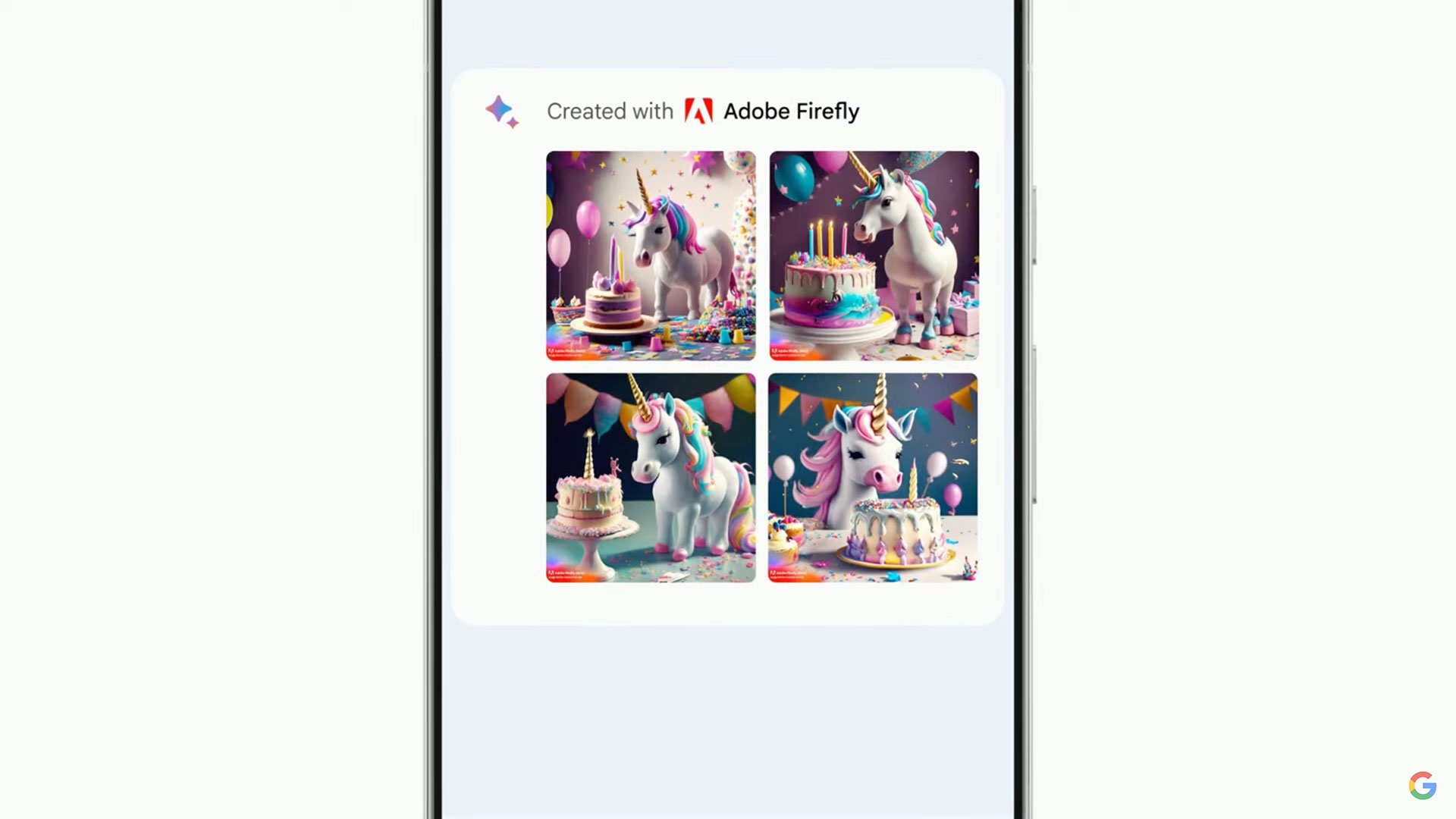
Google I/O 2023 was a big event for Google’s AI efforts, with a number of announcements about new products and features. One of the most notable announcements was about Bard, Google’s large language model (LLM). Bard is a powerful AI tool that can generate text, translate languages, write different kinds of creative content, and answer your questions in an informative way. At I/O, Google announced that Bard has gotten a lot smarter.
One of the biggest improvements to Bard is its ability to understand and respond to natural language. Bard can now understand more complex questions and requests, and it can generate more natural-sounding text. For example, you can now ask Bard to write a poem, a song, or a script, and it will be able to do so in a way that is both creative and informative.
Another big improvement to Bard is its ability to translate languages. Bard can now translate between over 100 languages, which makes it a powerful tool for communication and collaboration. For example, you can now use Bard to translate a document from English to Spanish, or to have a conversation with someone who speaks a different language.
Overall, Bard is a powerful AI tool that has gotten a lot smarter at Google I/O 2023. If you haven’t tried Bard yet, I encourage you to do so. It’s a great way to get started with AI, and it can be a valuable tool for a variety of tasks.
Here are some specific examples of how Bard has gotten smarter:
- Bard can now answer your questions in a more informative way, even if they are open ended, challenging, or strange.
- Bard can now generate different creative text formats of text content, like poems, code, scripts, musical pieces, email, letters, etc.
- Bard can now translate languages more accurately and fluently.
- Bard can now access and process information from the real world through Google Search and keep its response consistent with search results.
These are just a few of the ways that Bard has gotten smarter. If you’re interested in learning more, I encourage you to check out the Google I/O 2023 website.
Workspace

Google I/O 2023 was a big event for Google Workspace, with the company announcing a number of new features that are designed to make it easier for users to collaborate and get work done. One of the biggest announcements was the integration of Google AI into Workspace, which will bring a number of new features to the suite, including:
- Help Me Write: This feature uses AI to help users write more quickly and effectively by suggesting text, phrases, and even entire sentences.
- Smart Compose: This feature uses AI to help users complete sentences more quickly by suggesting words and phrases as they type.
- Smart Replies: This feature uses AI to suggest pre-written responses to common emails, so users can quickly and easily respond to messages without having to type everything out themselves.
- Live Notes: This feature uses AI to transcribe meetings in real time, so users can focus on the conversation and not have to worry about taking notes.
- Speaker Notes: This feature uses AI to generate speaker notes for presentations, so users can focus on delivering their presentation and not have to worry about writing notes themselves.
These are just a few of the new AI-powered features that are coming to Google Workspace. With these new features, Google is making it easier than ever for users to collaborate and get work done.
In addition to the AI-powered features, Google also announced a number of other updates to Workspace, including:
- New design: Google is giving Workspace a new design that is more modern and visually appealing.
- New features for Gmail: Gmail is getting a number of new features, including the ability to snooze emails, undo send, and create email templates.
- New features for Docs, Sheets, and Slides: Google’s productivity apps are also getting a number of new features, including the ability to add tables to slides, create charts in sheets, and use voice typing in docs.
- New features for Meet: Google Meet is getting a number of new features, including the ability to blur the background, add captions, and share your screen with up to 25 people at once.
These are just a few of the updates that are coming to Google Workspace. With these new features, Google is making it easier than ever for users to collaborate and get work done.
MusicLM
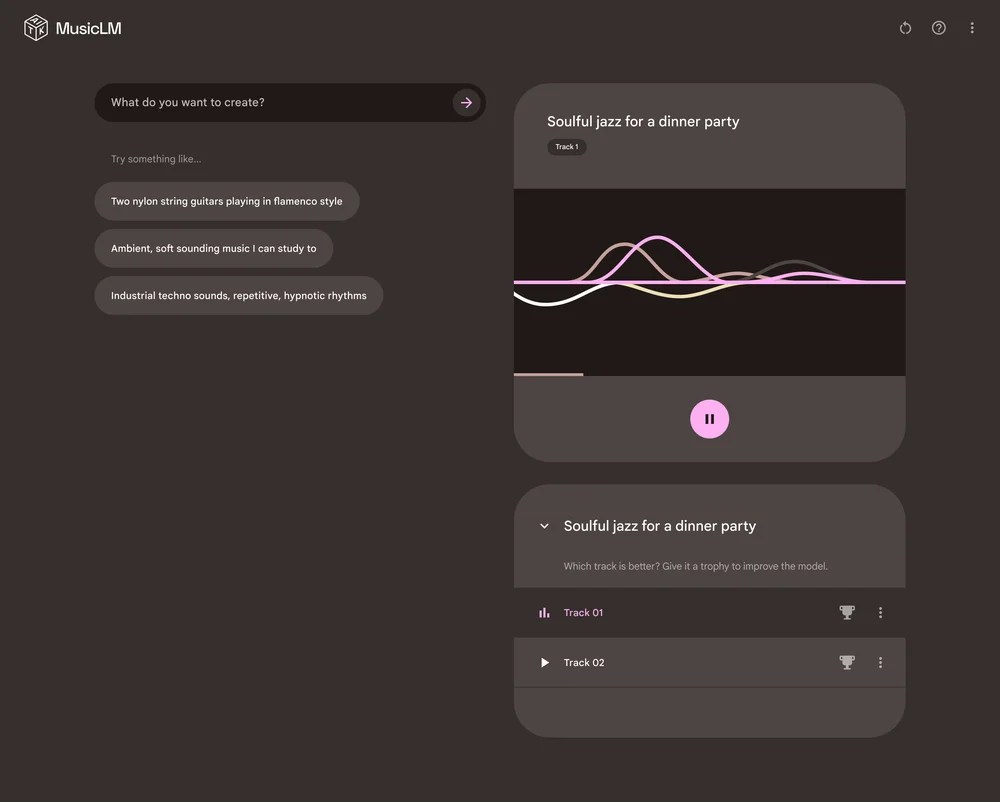
Google announced MusicLM, an experimental AI tool that can turn text descriptions into music, at its I/O 2023 conference. MusicLM is a large language model (LLM) that has been trained on a massive dataset of music and text. This allows it to generate music that is both original and in the style of the artist or genre that you specify.
To use MusicLM, simply type in a text description of the music you want to create. For example, you could type “a calming violin melody backed by a distorted guitar riff” or “a driving techno beat with a catchy melody.” MusicLM will then generate a few different versions of the song for you to listen to. You can then choose the version that you like best.
MusicLM is still under development, but it has the potential to be a powerful tool for musicians and music lovers alike. It can be used to create new music, to learn about different musical styles, and to experiment with different sounds.
Here are some of the things that you can do with MusicLM:
- Create new music: MusicLM can be used to create new music, whether you’re a professional musician or just starting out. Simply type in a text description of the music you want to create, and MusicLM will generate a few different versions of the song for you to listen to. You can then choose the version that you like best.
- Learn about different musical styles: MusicLM can be used to learn about different musical styles. Simply type in the name of a musical style, and MusicLM will generate a few different songs in that style for you to listen to. This can be a great way to discover new music and to learn more about different genres.
- Experiment with different sounds: MusicLM can be used to experiment with different sounds. Simply type in a description of the sound you want to create, and MusicLM will generate a few different versions of the sound for you to listen to. This can be a great way to come up with new ideas for music or to create unique soundscapes.
MusicLM is a powerful new tool that has the potential to change the way we create and experience music. If you’re interested in music, I encourage you to check it out.
Sidekick

Google I/O 2023 was a packed event with lots of announcements, but one of the most exciting was the introduction of Sidekick, an AI-powered collaborator for Google Workspace. Sidekick is designed to help users be more productive and creative by providing them with contextual suggestions and insights as they work.
Sidekick is available in Google Docs, Sheets, and Slides, and it can be used for a variety of tasks, such as:
- Generating ideas
- Researching topics
- Formatting text
- Proofreading
- Creating presentations
Sidekick is powered by Google’s artificial intelligence technology, and it is constantly learning and improving. As you use Sidekick, it will get better at understanding your needs and providing you with the most helpful suggestions.
Sidekick is still under development, but it is already a powerful tool that can help you be more productive and creative. If you are a Google Workspace user, I encourage you to give Sidekick a try.
Here are some of the specific features that Sidekick can do:
- Generate ideas: Sidekick can help you generate new ideas for your work by suggesting related topics, keywords, and phrases.
- Research topics: Sidekick can help you research topics by providing you with links to relevant websites, articles, and documents.
- Format text: Sidekick can help you format your text by suggesting styles, fonts, and sizes.
- Proofread: Sidekick can help you proofread your text by identifying errors in grammar, spelling, and punctuation.
- Create presentations: Sidekick can help you create presentations by suggesting slides, layouts, and images.
Sidekick is a powerful tool that can help you be more productive and creative. If you are a Google Workspace user, I encourage you to give Sidekick a try.
Codey
Codey is built on Google’s PaLM 2 large language model, and it can help developers with a wide range of tasks, from writing code to debugging errors. It can also generate code, answer questions about programming, and even suggest new features.
Codey is still in development, but it has the potential to revolutionize the way developers code. It could make it easier for developers to learn new languages, write more complex code, and debug errors more quickly.
Here are some of the things that Codey can do:
- Write code: Codey can write code in a variety of programming languages, including Python, Java, JavaScript, and C++. It can also generate code from natural language descriptions.
- Debug errors: Codey can help developers debug errors in their code. It can identify the source of the error and suggest ways to fix it.
- Answer questions about programming: Codey can answer questions about programming, such as how to use a particular function or how to implement a specific algorithm.
- Suggest new features: Codey can suggest new features for developers’ code. This could save developers a lot of time and effort in the long run.
Codey is still in development, but it has the potential to revolutionize the way developers code. It could make it easier for developers to learn new languages, write more complex code, and debug errors more quickly.
Google Cloud
There’s a new A3 supercomputer virtual machine in town “this A3 has been purpose-built to handle the considerable demands of these resource-hungry use cases,” noting that A3 is “armed with Nvidia’s H100 GPUs and combining that with a specialized data center to derive immense computational power with high throughput and low latency, all at what they suggest is a more reasonable price point than you would typically pay for such a package.”
Imagen in Vertex
Google also announced new AI models heading to Vertex AI, its fully managed AI service, including a text-to-image model called Imagen. Imagen was previewed via Google’s AI Test Kitchen app last November. It can generate and edit images, as well as write captions for existing images.
Find My Device

Piggybacking on Apple and Google teaming up on Bluetooth tracker safety measures and a new specification, Google introduced its own series of improvements to its own Find My Device network, including proactive alerts about unknown trackers traveling with you with support for Apple’s AirTag and others. Some of the new features will include notifying users if their phone detects an unknown tracker moving with them and will include connectivity with other Bluetooth trackers. Google’s goal with the upgrades is “increased safety and security for their own respective user bases by making these alerts work across platforms in the same way — meaning, for example, the work Apple did to make AirTags safer following reports they were being used for stalking would also make its way to Android devices,”
Pixel 7a

Google announced the Pixel 7a at its I/O 2023 developer conference on May 10, 2023. The Pixel 7a is a mid-range smartphone that features a 6.7-inch OLED display, a Google Tensor G2 chip, and a 12.2MP rear camera.
The Pixel 7a is available in three colors: Chalk, Sage, and Coral. It starts at $499 and is available for purchase now.
Here are some of the key features of the Pixel 7a:
- 6.7-inch OLED display with a resolution of 1080 x 2400 pixels
- Google Tensor G2 chip
- 12.2MP rear camera with a 1/2.55-inch sensor and an f/1.7 aperture
- 8MP front-facing camera
- 6GB of RAM
- 128GB of storage
- Android 14
- IP67 water resistance
- 5,000mAh battery
The Pixel 7a is a solid mid-range smartphone that offers a good balance of features and price. It’s a great option for those who are looking for a phone with a great camera, a long-lasting battery, and a clean Android experience.
Here are some of the pros and cons of the Pixel 7a:
Pros:
- Great camera
- Long-lasting battery
- Clean Android experience
- Affordable price
Cons:
- No expandable storage
- No wireless charging
- No high refresh rate display
Overall, the Pixel 7a is a great mid-range smartphone that offers a lot of value for its price. If you’re looking for a phone with a great camera, a long-lasting battery, and a clean Android experience, the Pixel 7a is a great option.
Generative AI wallpapers
When your device matches your energy >>> With just a few taps, you can create Generative AI wallpapers to customize your experience. Coming soon to Android. #GoogleIO pic.twitter.com/dJQLynq7rY
— Android (@Android) May 10, 2023
Now that you got that new Pixel 7a in your hand, you have to make it pretty! Google will roll out generative AI wallpapers this fall that will enable Android users to answer suggested prompts to describe your vision. The feature will use Google’s text-to-image diffusion models to generate new and original wallpapers, and the color palette of your Android system will automatically match the wallpaper you’ve selected.
Wear OS 4
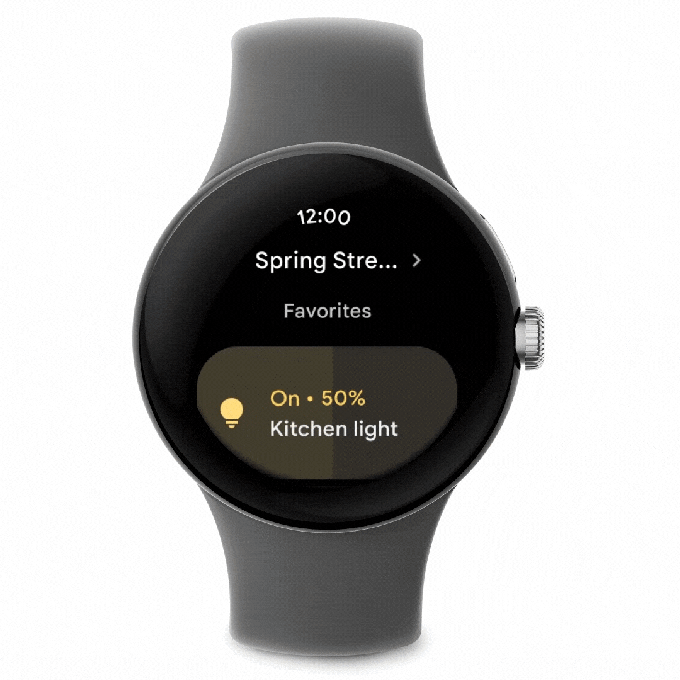
Google debuted the next version of its smartwatch operating system, Wear OS 4. Here’s what you’ll notice: improved battery life and functionality and new accessibility features, like text-to-speech. Developers also have some new tools to build new Wear OS watch faces and publish them to Google Play. Watch for Wear OS 4 to launch later this year. Also, there are other fun new apps and things coming for smartwatches, including improvements to its suite of offers, like Gmail, Calendar, and so on, but also updates from WhatsApp, Peloton and Spotify.
Universal Translator
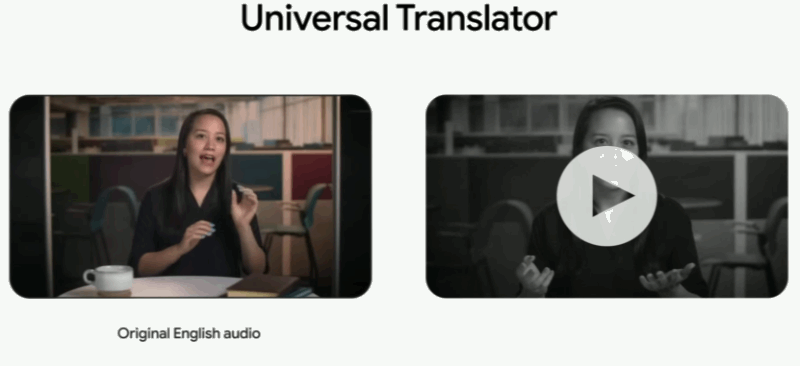
Also unveiled today is that Google is testing a powerful new translation service that puts video into a new language while also synchronizing the speaker’s lips with words they never spoke. Called “Universal Translator,” it was shown as “an example of something only recently made possible by advances in AI, but simultaneously presenting serious risks that have to be reckoned with from the start,” Devin writes. Here’s how it works: The “experimental” service takes an input video, in this case a lecture from an online course originally recorded in English; transcribes the speech; translates it; regenerates the speech (matching style and tone) in that language; and then edits the video so that the speaker’s lips more closely match the new audio.
Pixel Tablet
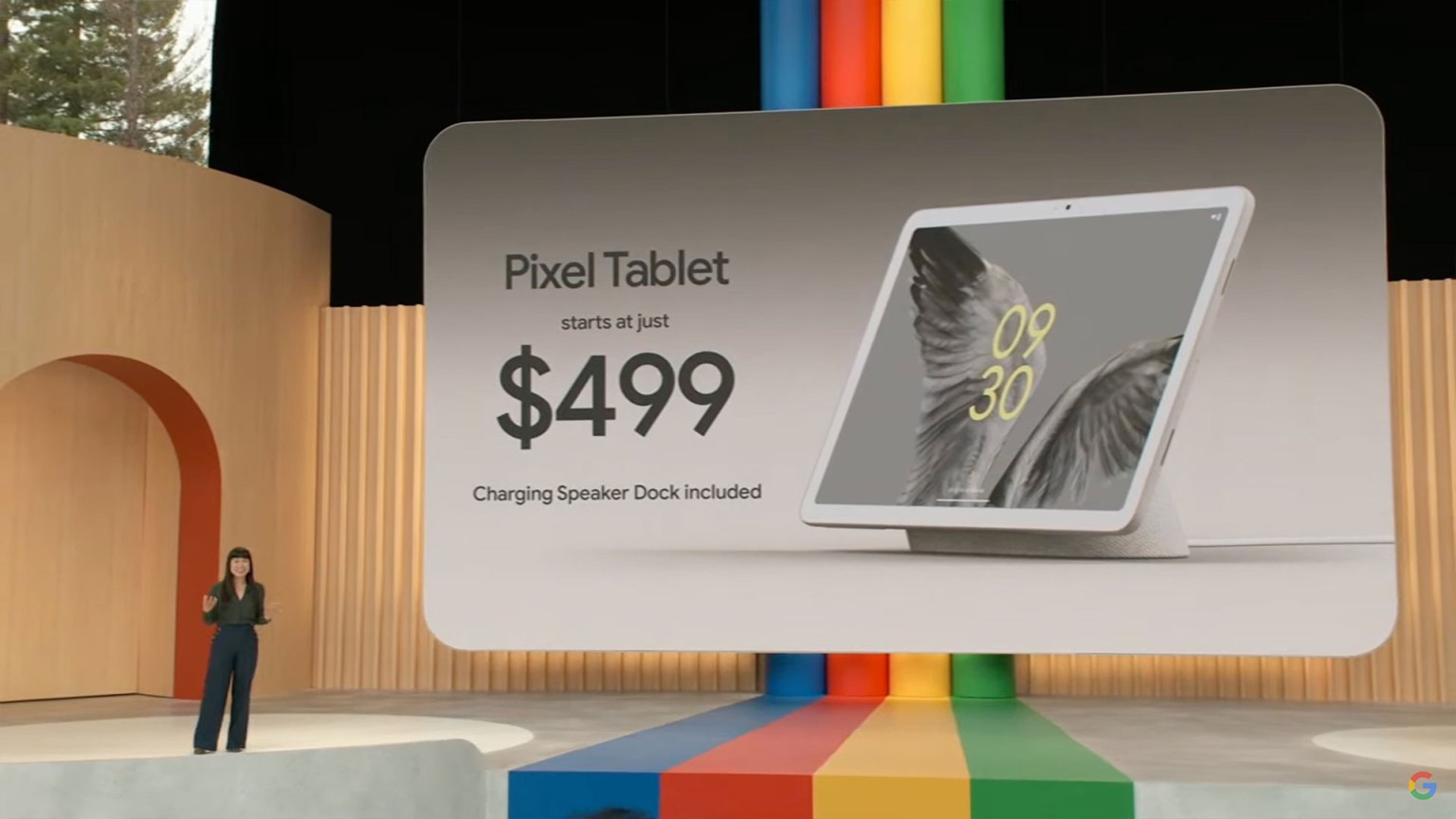
Google announced the Pixel Tablet at its I/O 2023 developer conference. The tablet is set to launch in 2023 and will be powered by the Google Tensor G2 chip. It will also have an 11-inch OLED display, 8GB of RAM, and 128GB or 256GB of storage. The Pixel Tablet will run Android 13 and will come with a number of Google-exclusive features, such as a new multitasking mode and a new Kids Space experience.
Here are some of the key features of the Pixel Tablet:
- Google Tensor G2 chip: The Pixel Tablet will be powered by the Google Tensor G2 chip, which is the same chip that powers the Pixel 7 series of smartphones. The Tensor G2 chip is designed to deliver powerful performance and long battery life.
- 11-inch OLED display: The Pixel Tablet will have an 11-inch OLED display with a resolution of 2560 x 1600 pixels. The display will support a 120Hz refresh rate for smooth scrolling and gaming.
- 8GB of RAM: The Pixel Tablet will have 8GB of RAM, which will ensure that it can handle multiple apps and tasks at the same time.
- 128GB or 256GB of storage: The Pixel Tablet will be available with 128GB or 256GB of storage. There is also a microSD card slot for expandable storage.
- Android 13: The Pixel Tablet will run Android 13, the latest version of Google’s mobile operating system. Android 13 includes a number of new features and improvements, such as a new design language, improved performance, and new privacy features.
- Google-exclusive features: The Pixel Tablet will come with a number of Google-exclusive features, such as a new multitasking mode and a new Kids Space experience. The multitasking mode will allow users to split the screen and work on multiple apps at the same time. The Kids Space experience will provide a safe and fun environment for kids to learn and play.
The Pixel Tablet is set to launch in 2023 and will be available in three colors: Porcelain, Hazel, and Rose. The starting price of the tablet is yet to be announced.
Pixel Fold

Google I/O 2023 was a big event for Google, and one of the biggest announcements was the Pixel Fold. This is Google’s first foldable phone, and it’s a major step forward for the company in the mobile space.
The Pixel Fold has a 7.6-inch OLED display when unfolded, and a 5.8-inch OLED display when folded. It’s powered by the Google Tensor G2 chip, and it has 12GB of RAM and 512GB of storage. The camera system is similar to the one on the Pixel 7 Pro, with a 50-megapixel main sensor, a 12-megapixel ultrawide sensor, and a 48-megapixel telephoto sensor.
The Pixel Fold runs Android 14, and it has a number of new features that take advantage of the foldable form factor. For example, you can use the inner display for watching videos or playing games, and you can use the outer display for checking notifications or making calls.
The Pixel Fold is a premium device, and it’s priced accordingly. It starts at $1,799, which is more expensive than the Samsung Galaxy Fold 4 and the Oppo Find N. However, the Pixel Fold offers a number of unique features that make it worth the price for some people.
If you’re looking for a foldable phone that offers the best of Google’s software and hardware, the Pixel Fold is a great option. It’s not cheap, but it’s a premium device that offers a unique experience.
Here are some of the key features of the Pixel Fold:
- 7.6-inch OLED display when unfolded
- 5.8-inch OLED display when folded
- Google Tensor G2 chip
- 12GB of RAM
- 512GB of storage
- Triple-lens rear camera system
- Android 14
- Dual-screen interpreter mode
- Rear Camera Selfie
- $1,799 starting price
The Pixel Fold is a great choice for people who are looking for a premium foldable phone with the best of Google’s software and hardware. It’s not cheap, but it’s a unique device that offers a great experience.
Firebase
Firebase, Google’s backend-as-a-service platform for application developers, has some new features, including the addition of AI extensions powered by Google’s PaLM API and opening up the Firebase extension marketplace to more developers.
Google’s Play Store gets some AI love
New features and updates include:
- Writing Play Store listings: Using Google’s PaLM 2 model, “All the developers have to do is fill out a few prompts (audience, key theme, etc.) and the system will generate a draft, which they can then edit to their heart’s content.”
- Summary of app reviews: “For now, though, that’s only available in English and only for positive reviews.”
- Store Listing Groups: Working in tandem with the custom store listings that Google kicked off last year, Store Listing Groups are created by customizing the base listing and overriding specific elements.
- Promotional Content: “The Play Store will also now incorporate in-app events in new places, including through Play Store notifications, the For You section on the Apps and Games tabs on the Play Store app, within Play Store search results, beneath the search results for a specific app by its title, and even on the Search screen itself, before you type in a query, above other recommendations.”
Developers also have new security features
In addition to the Play Store getting AI updates, developers also now have new security and privacy features to play around with. Some of these include a new beta version of the Play Console app and changes to the Data safety section on the Play Store.
Meanwhile, Play Store users can receive prompts to update their apps that developers can push out or get automatically when their app is crashing.
Health Connect

Health Connect, Google’s platform for storing health data, may be in Beta currently, but Aisha writes that you can start to see it be a part of Android and mobile devices with the release of Android 14 later this year.
Some fun features coming include new exercise routes so you can share maps of where you run, an easier way to log menstrual cycles and sharing controls. In addition, MyFitnessPal now has an integration with Health Connect, giving users with type 1 and type 2 diabetes access to glucose data within the MyFitnessPal app.
More developer tools
- Android Studio is getting an AI infusion with Android Studio Hedgehog, a new conversational experience to help developers write code and fix bugs and answer more general coding questions. .
- ML Hub is a new one-stop destination for developers who want to get more guidance on how to train and deploy their ML models, no matter whether they are in the early stages of their AI career or are seasoned professionals. It comes with a toolkit of common use cases that Google intends to regularly update and add to in the future.
- There are also new functionality to design Wear OS watch faces.
- Over 1 million Flutter-based apps have been published. The open source, multiplatform application framework will see some changes that include easier integration of Flutter components into existing web apps.
Project Starline
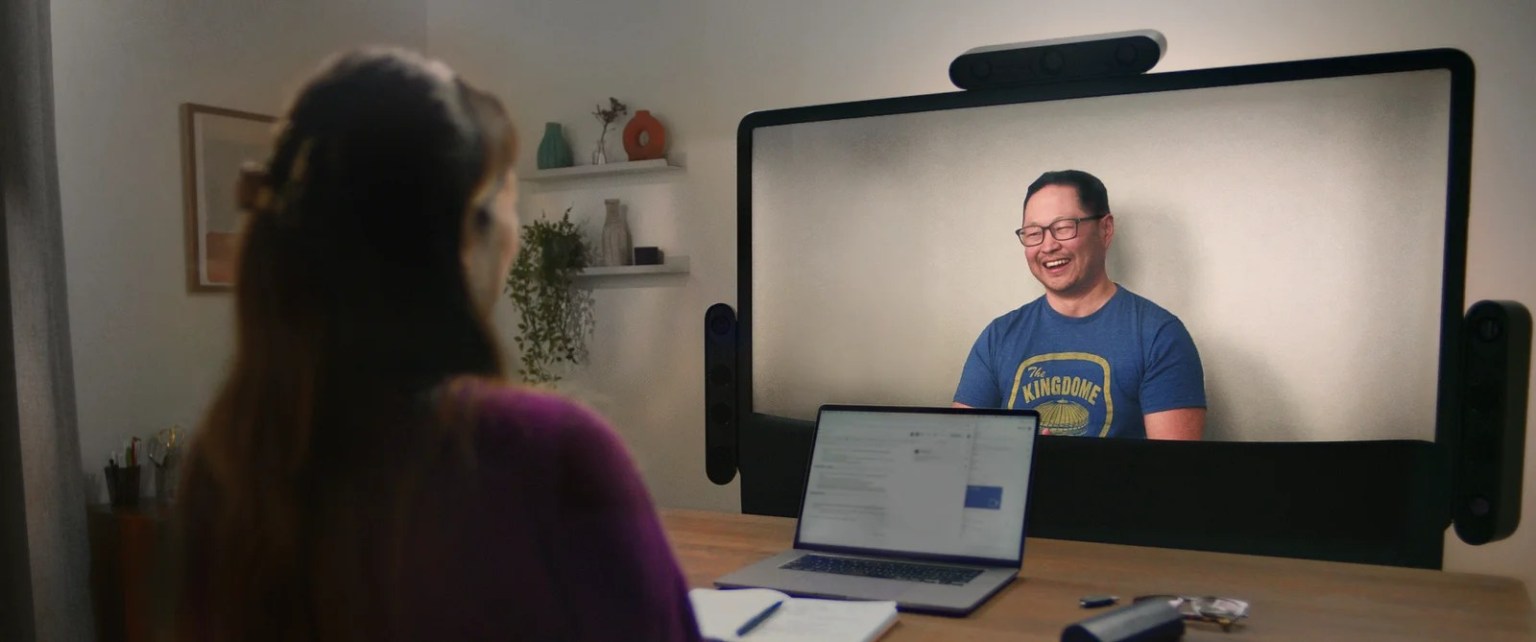
Google unveiled the latest prototype of Project Starline, its 3D teleconferencing video booth. biggest changes include less hardware, for example, fewer cameras, and more leaning on AI and ML to generate the three-dimensional images
- Unraveling the Best Smartphone Deals for the 2024 Summer Sale both in Amazon & Flipkart
- Get Ready for Big Savings: Google Pixel 8, Nothing Phone 2, and Pixel 7a Prices Slashed for Flipkart Sale
- JioCinema Premium: Affordable, Ad-Free, 4K Streaming Arrives in India
- Adobe Invests in AI: Offers $3 Per Minute for Videos to Power Next-Generation Tools
- Influencers Get AI Assistants: Instagram Tests Chatbots for Streamlined Engagement


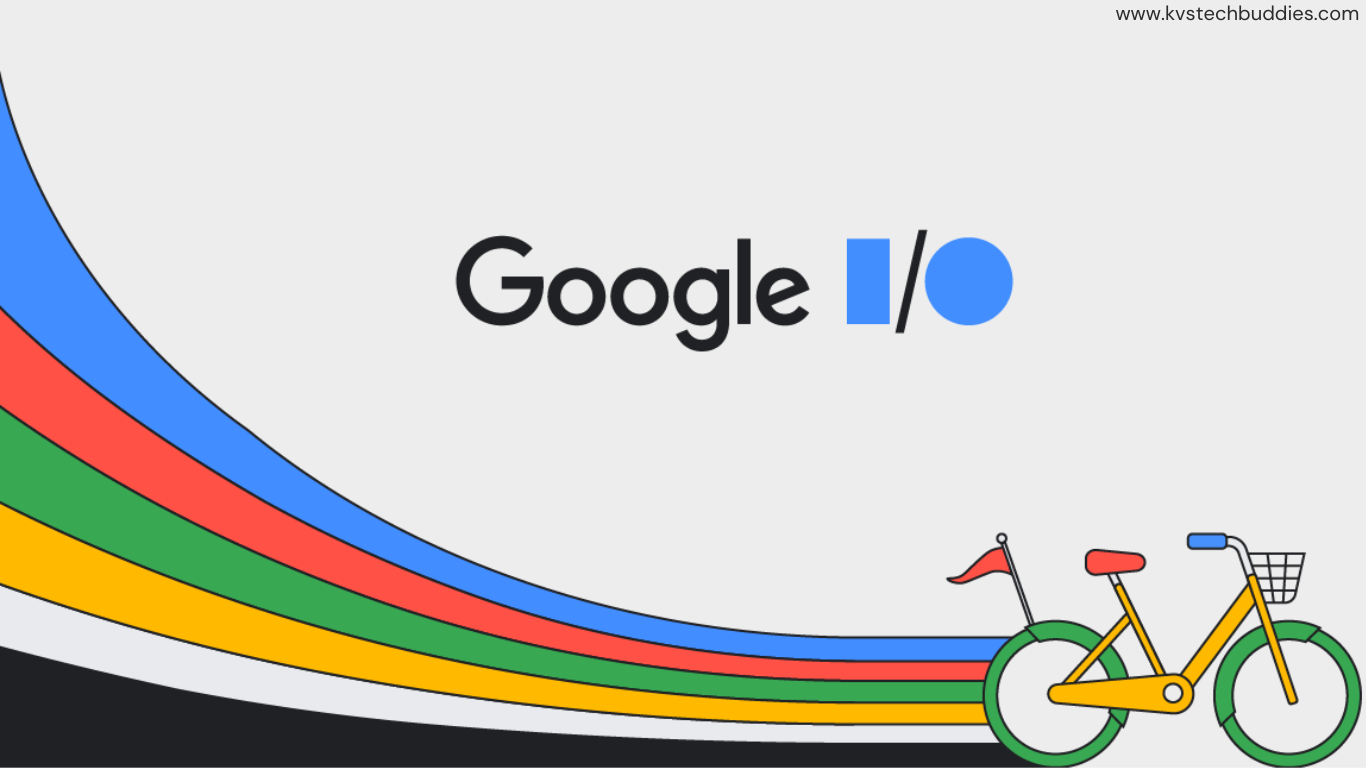


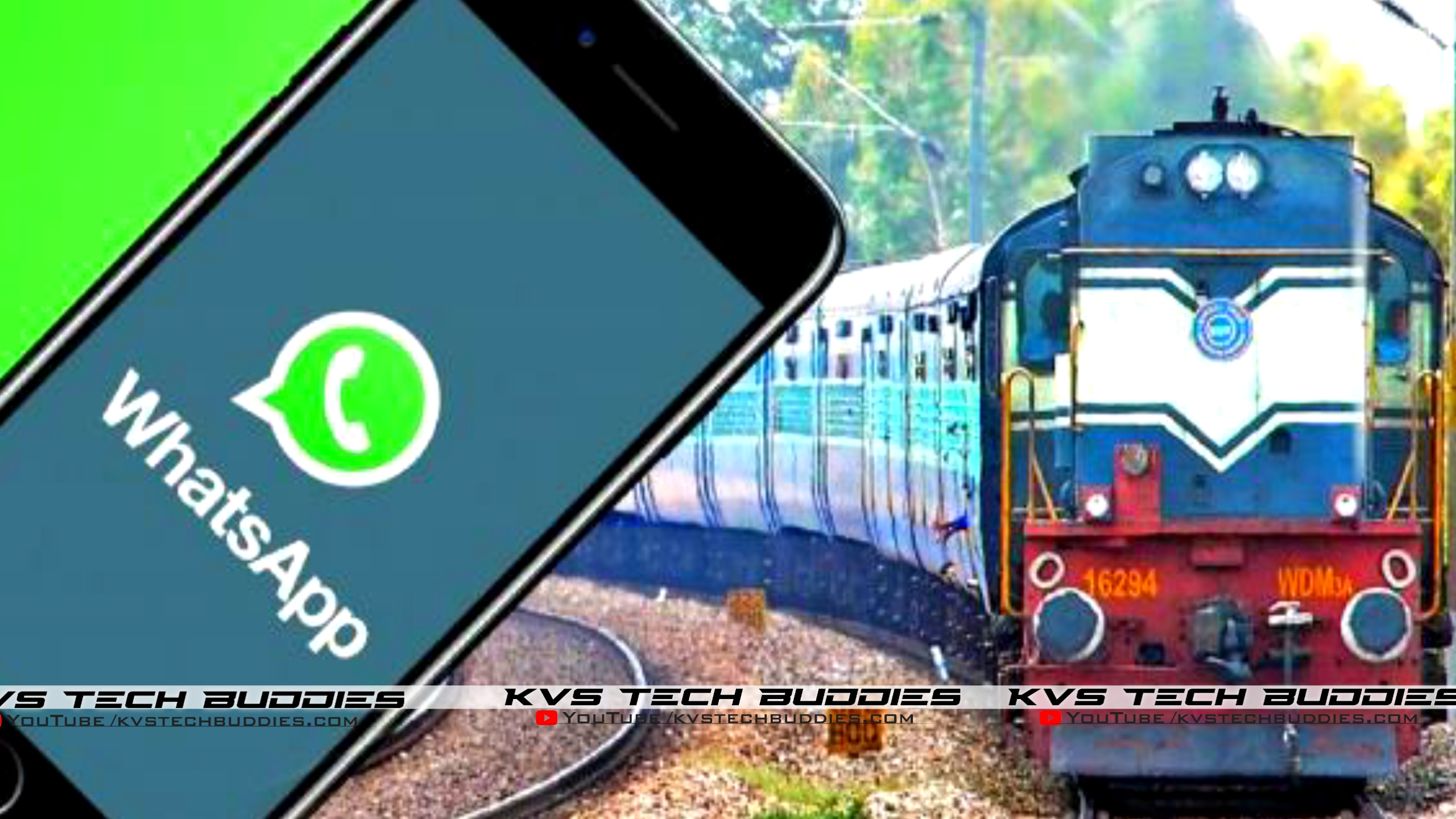
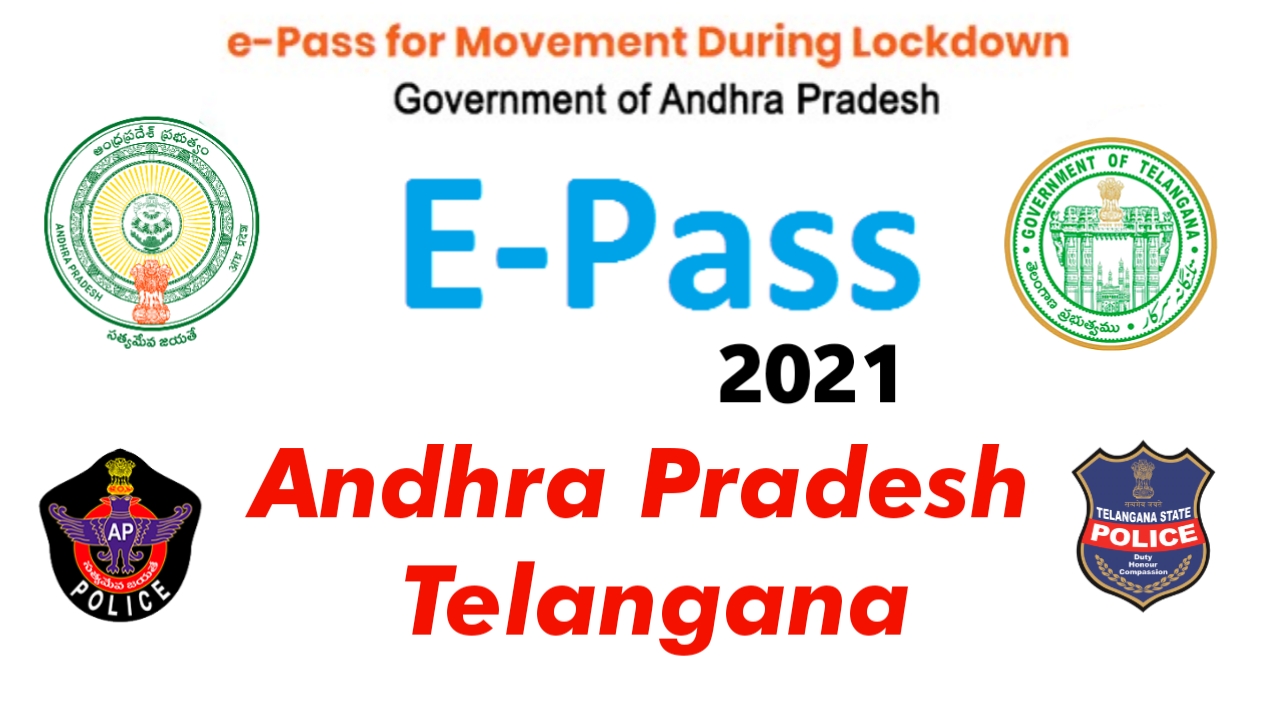



1 thought on “Google I/O 2023 is over—here’s everything unveiled.”
I enjoy the efforts you have put in this, thanks for all the great blog posts.